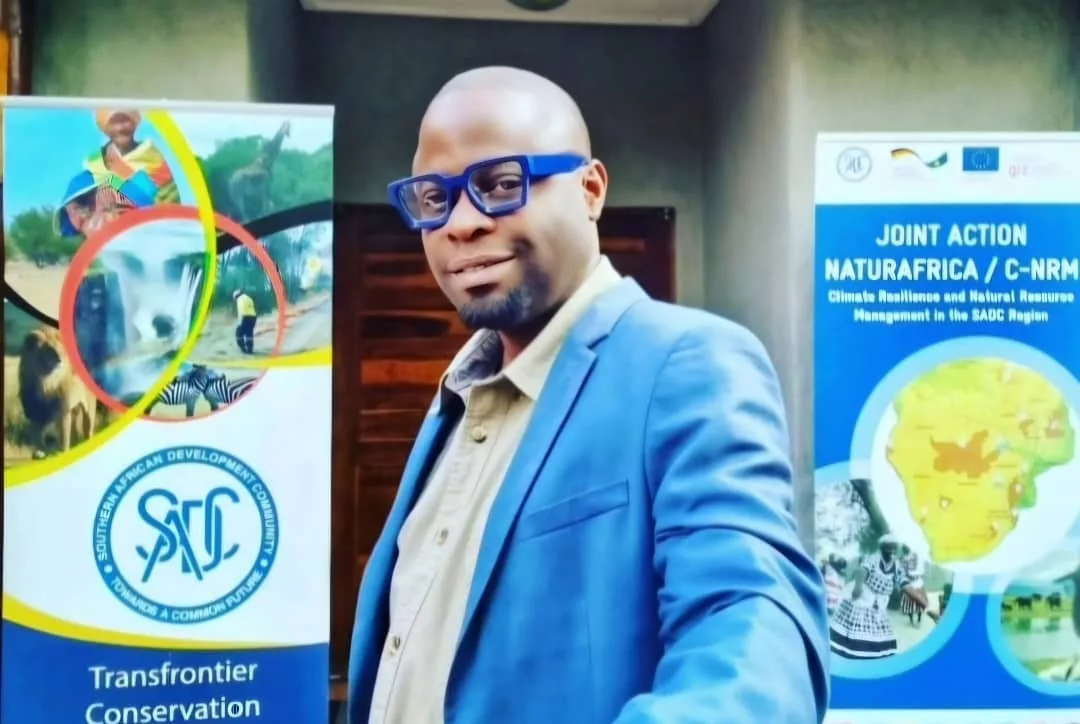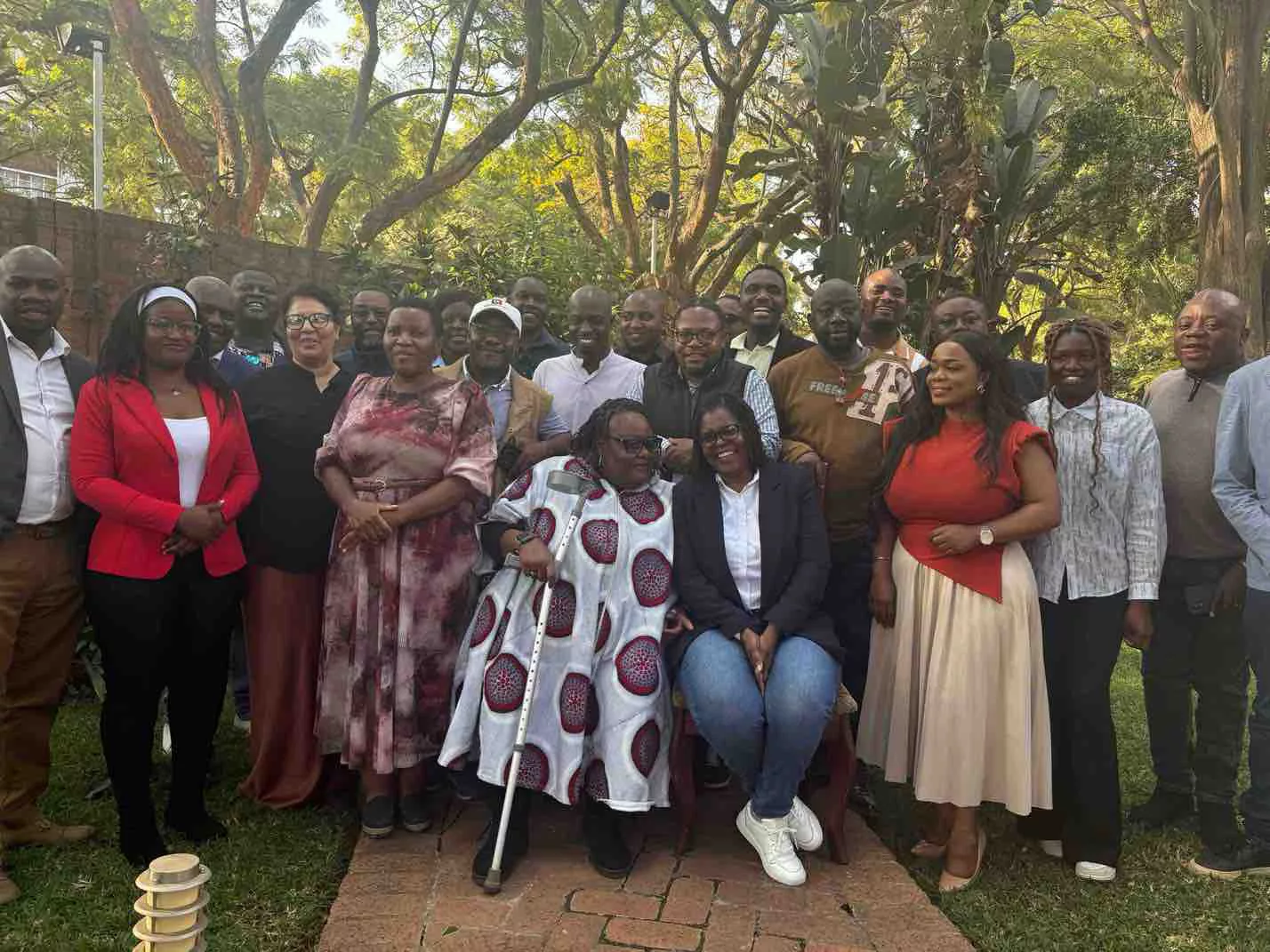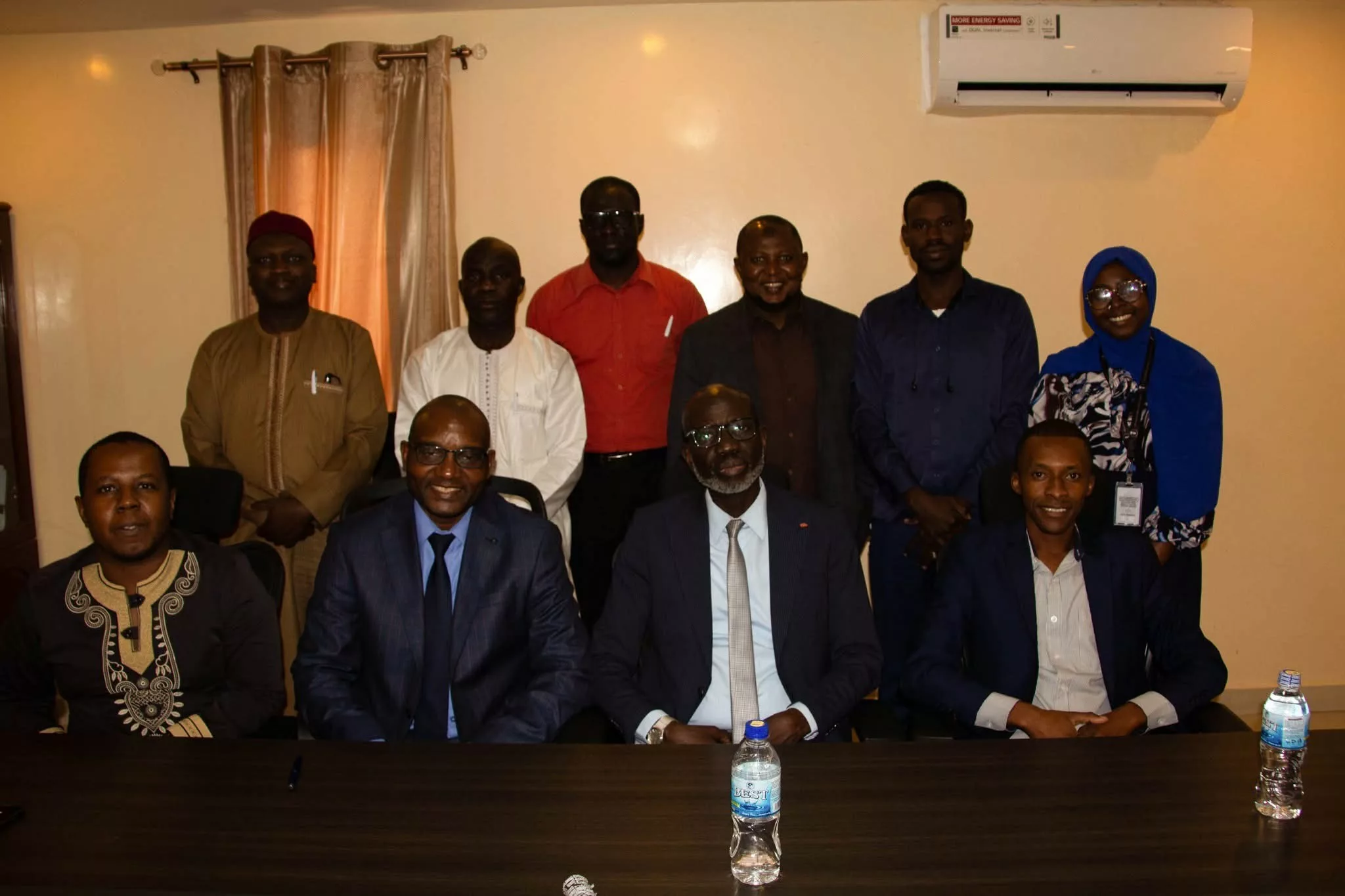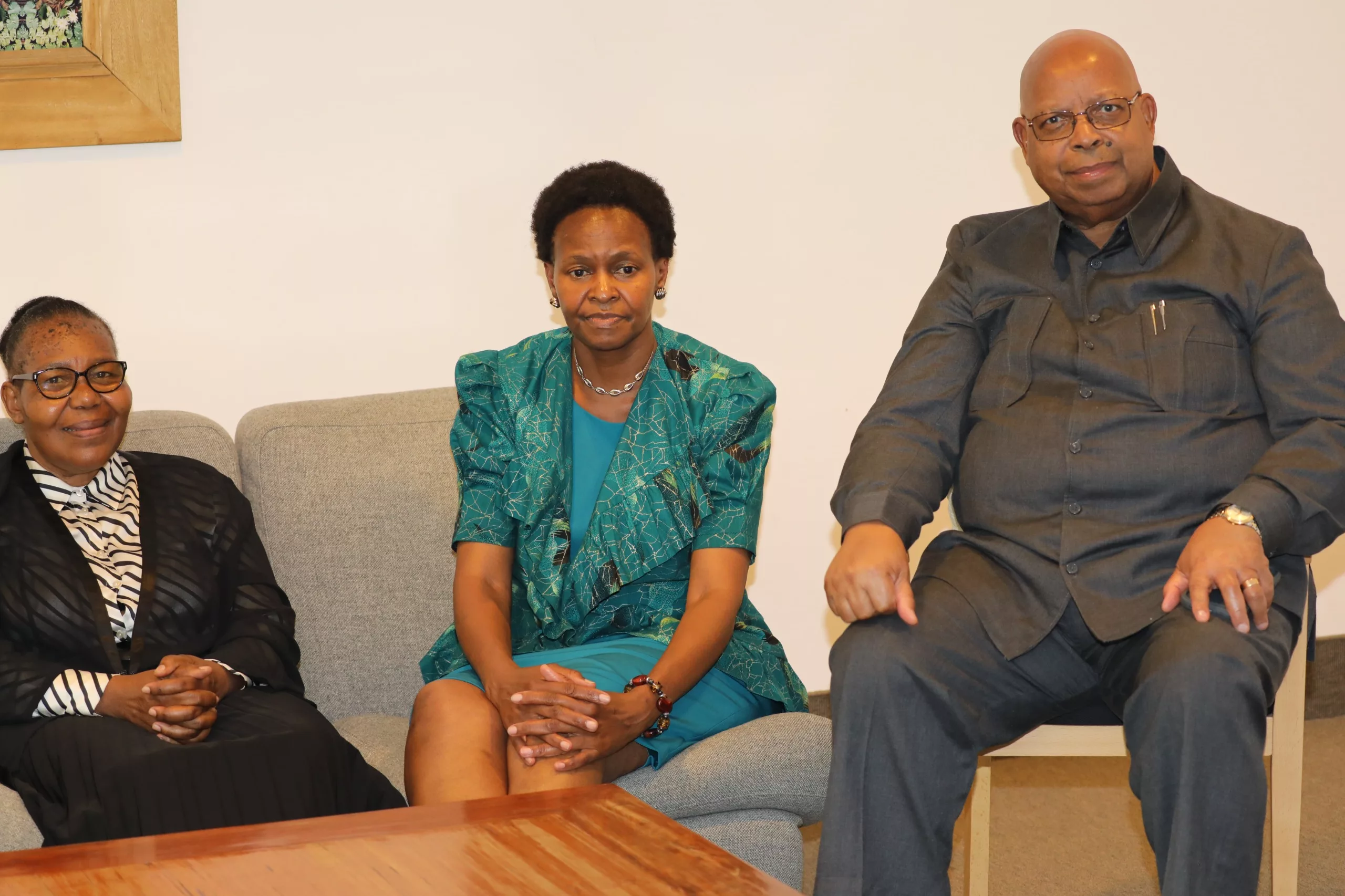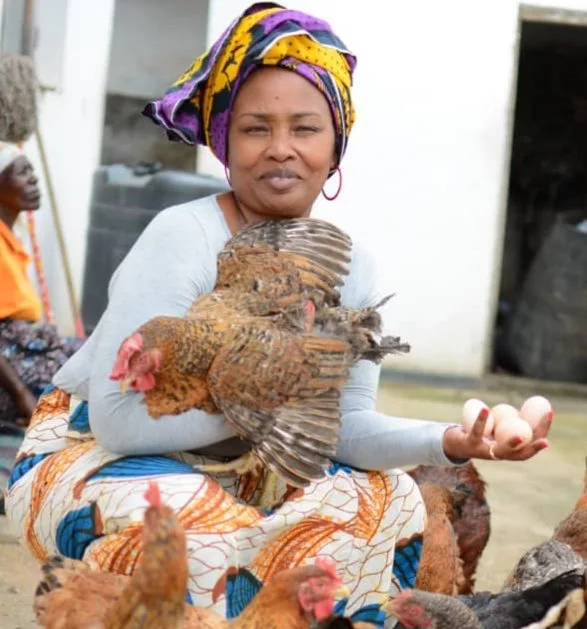|
Getting your Trinity Audio player ready...
|
On 28 May 2025, Mr Gwinyai Muti, the International Coordinator for the Great Limpopo Transfrontier Conservation Area (GLTFCA) presented to the International Union for Conservation of Nature (IUCN) World Commission on Protected Areas Conservation Specialist Group detailing the process of how Transfrontier Conservation Area has established a model transboundary and governance structure and joint planning mechanisms promoting integrated and effective management of the transboundary landscape in line with Goal 1 of the 2023 -2033 SADC Transfrontier Conservation Areas Programme.
He also explained how IUCN Trans-boundary Conservation guidelines informed the Governance and Joint Planning processes within the GLTFCA aligned to the objectives of the 2025 SADC TFCA International Conference and Summit held in Harare, Zimbabwe over the period 19-23 May 2025 under the theme: “SADC Transfrontier Conservation Areas – 25 Years of Cooperation for Regional Integration & Sustainable Development”.
The Great Limpopo Transfrontier Conservation Area (GLTFCA) is a Category (A) SADC Transfrontier Conservation Area and classified as a Type 1 Transboundary Protected Area by the IUCN World Commission on Protected Areas, established and formalized through a Trilateral Treaty that was signed by heads of states of Mozambique, South Africa, and Zimbabwe on December 9, 2002.
Over the years, it has evolved from a core area of 37 300 km2 mainly comprising Limpopo National Park in Mozambique, Kruger National Park in South Africa, and Gonarezhou National Park in Zimbabwe into a broader area of 100,000 km2 which includes various privately owned, state-owned and community-owned conservation areas directly bordering the Transfrontier park.
International Union for Conservation of Nature (IUCN) International Conservation Guidelines in conjunction with SADC Transfrontier Conservation Areas instruments informed the process that facilitated the development of governance and coordination mechanisms during the GLTFCA Institutional reform process resulting in the establishment of an institutional governance structure recognizing that trans-boundary areas often involve multiple stakeholders, including governments, local communities, and NGOs, emphasizing shared governance models, such as joint management, co-management, and collaborative governance.
The GLTFCA recently developed a Joint Strategic Management Plan, a key instrument to cohesively guide the GLTFCA Programme implementation over the next 10 years, as mandated by the GLTFCA Trilateral Treaty.
The development process modelled as far as possible on the principles and processes put forward as global best practices in the International Union for Nature Conservation (IUCN) World Commission on Protected Areas (WCPA) Best Practice Protected Area Guideline Series No. 2.
These principles and processes are also included in the SADC TFCA Guidelines that were compiled in close collaboration with the SADC TFCA Network in 2014 (SADC, 2014) with a summary produced in 2017 (SADC, 2017). The process also facilitated the Integration of GLTFCA Joint Plans, Frameworks, and Strategies to the Joint Strategic Management Plan and ensured alignment to the SADC TFCA Programme and Monitoring and Evaluation Framework thereby demonstrating a model transboundary and governance structure inclusive of joint planning mechanisms promoting integrated and effective management of the transboundary landscape.
The Joint Strategic Management Plan ensures alignment of the Core Protected Areas Management Plans and Nodal Joint Operational Plans to the Joint Strategies and Frameworks guiding the transboundary collaboration, harmonization of legal frameworks, and implementation of projects and activities as guided by the ten thematic programmes of the GLTFCA.


